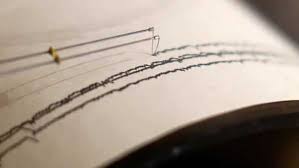
The suture zone of the Himalayas or the Indus Suture Zone (ISZ) in the Ladakh region, where the Indian and Asian Plates are joined, has been found to be tectonically active, as against current understanding that it is a locked zone.
Daily Current Affairs Quiz 2020
Key-Points
This could have major implications in terms of earthquake study, prediction, understanding the seismic structure of the mountain chains well as its evolution.
Himalaya were known to be made up of north dipping thrusts like the Main Central Thrust (MCT), the Main Boundary Thrust (MBT), and the Main Frontal Thrust (MFT).
As per the established models, all of these thrusts except MFT are locked, and overall deformation in Himalaya is being accommodated only along with the MFT.
The new findings, which suggest a more remote fault at the suture zone being neo-tectonically active, could call for a serious relook into the existing evolutionary models using new techniques and a larger geological database.





